<figure>
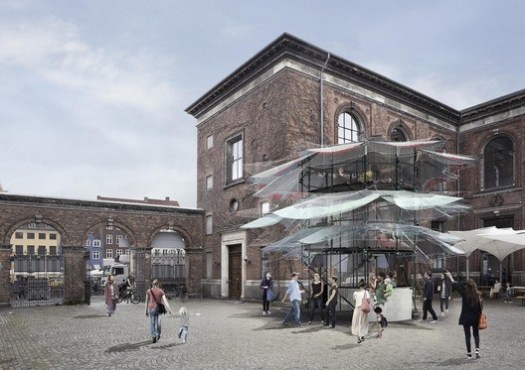 Adapt, Harry Clover, Jack Cripps, Sebastian Gatz And Fabrian Puller, 2017. Image © CHART ART FAIR
Calling for entries to design pavilions in line with notions of sustainable construction and fabrication methods, urbanization, and renewable materials, CHART ARCHITECTURE has announced the five finalists for its annual competition, addressing the theme ‘LIVING CITY’. Proposals included the use of IKEA bags, biogas reactors and solar energy amongst other innovative design solutions, judged by a jury headlined by Bjarke Ingels. The eventual winner will be awarded a mentorship program with a professional architect, a construction expert and a developer, intended to “support a young architect’s career as well as to promote cross-sector collaboration and networking.”
Here are the five finalists of the 2017 CHART ARCHITECTURE Competition:
Adapt, Harry Clover, Jack Cripps, Sebastian Gatz And Fabrian Puller, 2017. Image © CHART ART FAIR
Calling for entries to design pavilions in line with notions of sustainable construction and fabrication methods, urbanization, and renewable materials, CHART ARCHITECTURE has announced the five finalists for its annual competition, addressing the theme ‘LIVING CITY’. Proposals included the use of IKEA bags, biogas reactors and solar energy amongst other innovative design solutions, judged by a jury headlined by Bjarke Ingels. The eventual winner will be awarded a mentorship program with a professional architect, a construction expert and a developer, intended to “support a young architect’s career as well as to promote cross-sector collaboration and networking.”
Here are the five finalists of the 2017 CHART ARCHITECTURE Competition:
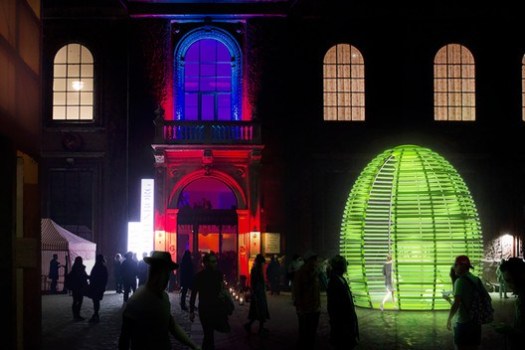 Algae Dome, Aleksander Wadas, Rafal Wroblewski, and Anna Stempniewicz Anna Astempniewicz, 2017. Image © CHART ART FAIR
Algae Dome, Aleksander Wadas, Rafal Wroblewski, and Anna Stempniewicz Anna Astempniewicz, 2017. Image © CHART ART FAIR
Algae Dome / Aleksander Wadas, Rafal Wroblewski,

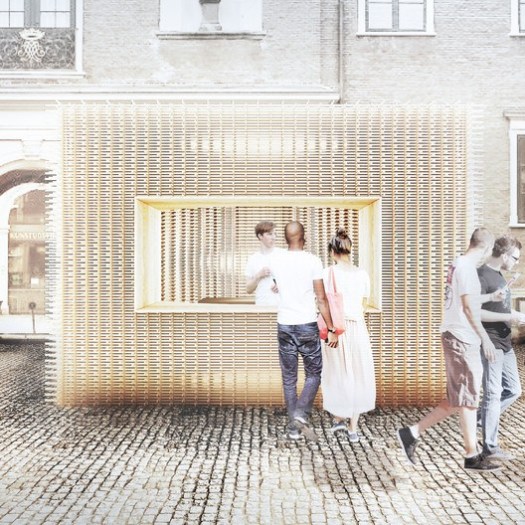
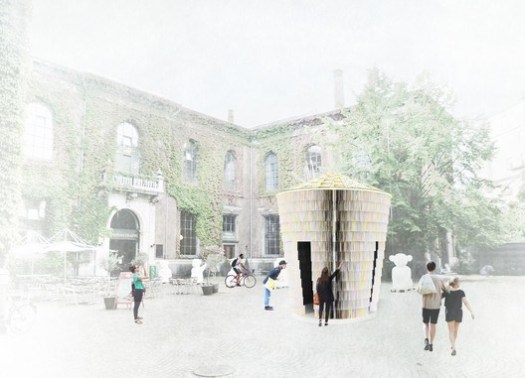
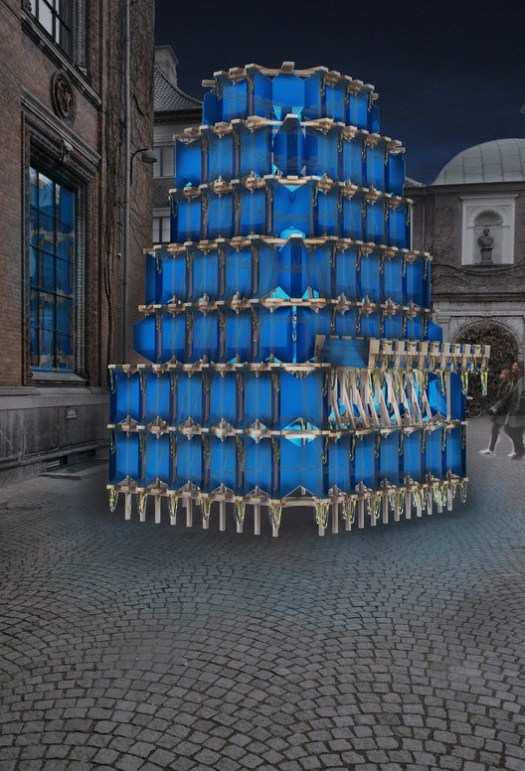
 Adapt, Harry Clover, Jack Cripps, Sebastian Gatz And Fabrian Puller, 2017. Image © CHART ART FAIR
Adapt, Harry Clover, Jack Cripps, Sebastian Gatz And Fabrian Puller, 2017. Image © CHART ART FAIR
Adapt / Harry Clover, Jack Cripps, Sebastian Gatz and Fabrian Puller, The Royal Academy of Fine Arts, Kadk “ADAPT is a pavilion which opens itself as the day warms and closes itself as the day cools without the need for external sources of energy, like a plant. It promotes a revolutionary new form of architecture that regulates itself independently and adapts spatially as a result of the kinetic performance of the materials from which it is made. ADAPT is the forerunner of a living city of buildings which lean, open or retract, changing form, function and regulatory state without the need to be connected to energy grids, taking the sustainability of buildings to the next level.”
 Stick Box, Miki Morita, Suguru Kobayashi and Keita Shishijima, 2017. Image © CHART ART FAIR
Stick Box, Miki Morita, Suguru Kobayashi and Keita Shishijima, 2017. Image © CHART ART FAIR
Stick Box / Miki Morita, Suguru Kobayashi and Keita Shishijima, The Royal Academy Of Fine Arts, Kadk and Kanagawa University, Japan “This pavilion project aims to work as a prototype using smaller timber modules made from forest thinning and left over wood from lumbering which is not usually regarded as an architectural material. We hope that people, when experiencing the pavilion, will feel the familiar sized piece of the material and how it can potentially become an architectural material and create awareness about the environmental problem of forest thinning around the world.”
 Paper Pavilion, Kazumasa Takada, Yuriko Yagi and Yohei Tomioka, 2017. Image © CHART ART FAIR
Paper Pavilion, Kazumasa Takada, Yuriko Yagi and Yohei Tomioka, 2017. Image © CHART ART FAIR
Paper Pavilion / Kazumasa Takada, Yuriko Yagi and Yohei Tomioka, The Royal Academy Of Fine Arts, Kadk For the theme of Sustainability, we set up the design goal to create a pavilion which has an appropriate durability for an event which to be held for a short time like CHART. We believe for a sustainable future it is necessary to reconsider the excesses acts of our daily life and adjust them appropriately. Therefore, by designing a pavilion with an appropriate architectural durability rather than using a material with excessive strength, which is often the case for this type of pavilion, the proposal attempts to imply a message against such excess. The paper pavilion is intentionally designed to be able to last a week rather than three months, for example.
 Sunday Temple, Mia Frykholm And Astrid Gabrielsson, 2017. Image © CHART ART FAIR
Sunday Temple, Mia Frykholm And Astrid Gabrielsson, 2017. Image © CHART ART FAIR
- Bjarke Ingels, architect and founder of BIG Bjarke Ingels Group
- Bjørnstjerne Christiansen, co-founder of SUPERFLEX
- Claus Andersen, owner of Andersen’s Contemporary
- Débora Mesa, architect and part of the team responsible for the Spanish Pavilion at the 2016 Venice Architecture Biennale
- Dorte Foss, architect
- Klaus Kastbjerg, CEO and director of Union Holding A/S
- Simon Frommenwiler, architect and co- founder of HHF Architects.
AIA Selects Top 10 Most Sustainable Projects of 2017
The American Institute of Architects (AIA) and its Committee on the Environment (COTE) have named the recipients of the 2017 Top Ten Awards, celebrating buildings that best exemplify the integration of great design, great performance and sustainable design excellence.
